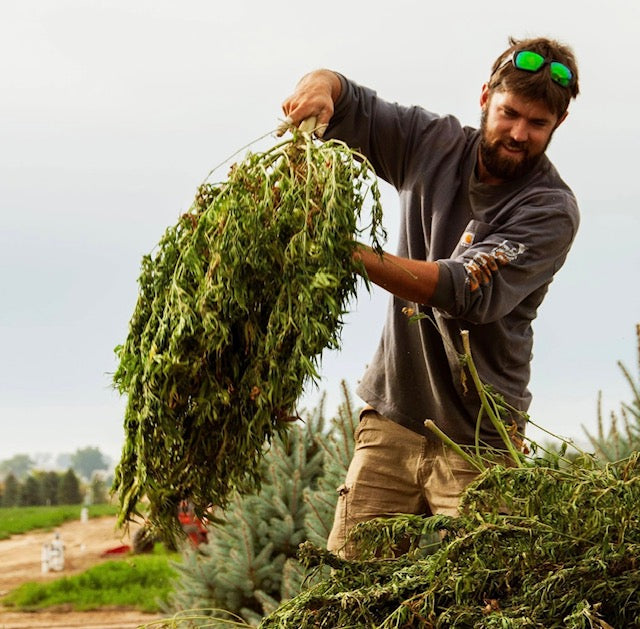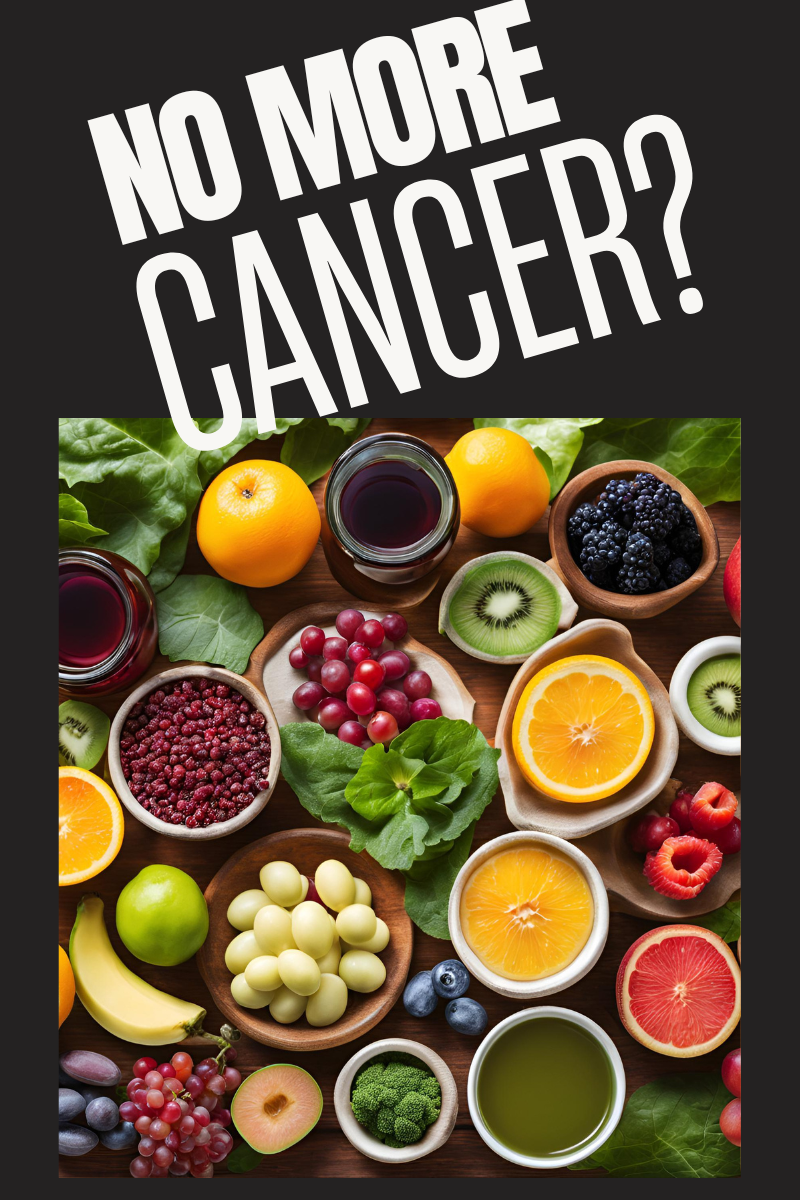4 BENEFICIAL USES FOR THE HEMP PLANT

“What is hemp used for?” has become a popular question in the last several years, as more and more people are becoming aware of why the hemp plant is important.
From sustainable living to the increasingly high demand for CBD, people are waking up to the incredible benefits of the hemp plant, including its usefulness in making rope, clothing, shoes, food, paper, insulation, bioplastics, and biofuel.
Hemp used to be a prominent crop (mandatory, even) in the United States and is now coming back in strides thanks to the hard work of farmers, scientists, and consumers who want better living conditions.
While hemp is used in countless ways, we are sharing with you four beneficial uses for the hemp plant that keep humans and the environment healthy and happy.
Hemp as a Superfood
You have probably seen hemp products on the shelves of your local Whole Foods, and even in convenience stores like CVS.
Hemp seeds (kind of similar to quinoa) are a great source of plant-based protein. They contain beneficial minerals including vitamin E, potassium, calcium, iron, and zinc, and can be consumed raw, cooked, or roasted.
From sprinkling hemp seeds on your morning bagel to snacking on a hemp bar when the afternoon slump hits, hemp is a nutritious superfood providing the protein, dietary fiber, and healthy fats our bodies crave.
Hemp as Clothing
The fashion industry is one of the top polluting industries in the world. Hemp is an environmentally friendly and sustainable clothing alternative to harmful textiles like nylon or viscose.
Because of the hemp fibers’ durability, clothing items like denim, sportswear, and loungewear are softer and significantly better quality than clothing made from traditional fabrics like cotton.
Big-name brands like Patagonia and Levi’s have been vocal about what they are doing to produce more sustainable clothing, with Patagonia offering an extensive collection of hemp clothing for men, women, and children, and Levi’s introducing its first “cottonized hemp” denim jeans collaboration.
In sum, hemp could be the future of fashion that saves both the industry’s reputation and our environment. Isabel Siracusa, a fabric developer for denim brand Orta Anadolu, went as far as saying hemp will be the fabric of the future in 20 years.
Hemp as Building Materials
In addition to hemp aiding in the fashion industry’s sustainability movement, the real estate market can also benefit from hemp. How? Homes made with hemp-derived materials have a stronger resistance to harsh weather conditions and incur less damage.
Hemp bark fibers are more durable and lightweight than wood, which, when utilized, saves trees and protects wildlife ecosystems. And, while it takes years for trees to be ready for harvest, hemp is harvest-ready in just a few months.
Hemp as Fuel
Traditional fuels (or fossil fuels) have been the main focus of environmental concern. Harmful toxins released from fossil fuels are damaging the Earth in countless ways, which we have seen through numerous environmental devastations.
Without getting too technical, hemp biofuel has the capability of providing us with a greener future. Using Industrial Hemp as biofuel wouldn’t only provide a valuable resource for consumers, but could help repair environmental damage in the process.
Conclusion
To survive, humans need food, water, clothing, and shelter. Hemp has the capability of providing all of that for us and more while doing so safely and effectively.
In essence, hemp is so much more than a plant. Hemp is good for humans and great for the environment.
We may have a long way to go to turn the world into a hemp haven, but the small, consistent steps in getting there do matter. As we fight for a more sustainable future, let’s keep in mind that hemp has the power to get us there.



